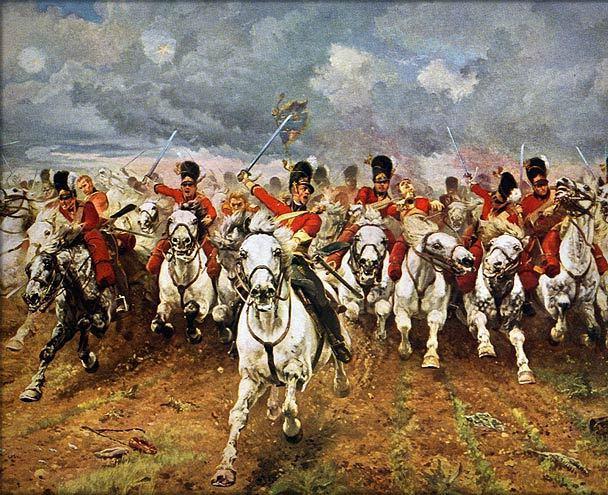The modern lesson is fundamentally different from those 45-minute classes that were held in schools 5-7 years ago. The principle "from teacher to schoolchildren" has long sunk into oblivion. Now the protagonist of the lesson is the child himself, and
The principle of knowledge production is built according to the scheme: student-textbook-additional materials. Those. if earlier in the lesson children, like a sponge, obediently absorbed everything that the teacher gives them, now the main focus is on self-mastering knowledge.
The pedagogy of cooperation, the rejection of the mentoring manner of teaching, and many other nuances affect the requirements for teaching documentation.
How to make a modern lesson summary
A modern lesson summary is compiled according to certain standards approved by the Ministry of Education. The teacher has the right to make his own adjustments, additional columns and headings. As a prerequisite, it is necessary to observe the relationship between the lesson plan and the calendar-thematic: the dates (differences in 1-3 calendar days are allowed), the themes, types, goals and objectives of the lesson and how they are indicated in the thematic planning should coincide. The summary of the lesson can be short and detailed. Brief includes the thesis of what children should do for 45 minutes: questions that they will be asked, exercises (listed) to be performed. Naturally, the teacher paints the goals and objectives of the lesson: key, secondary, intersubject, etc. Thus, when the examiner picks up such a summary of the lesson, he has a clear idea of what the teacher is conducting a specific lesson for. What

wants to reach upon its completion. What children need to learn, what to learn, what skills to develop. Further, the plan records the conclusions that students come to at the end, and formulates homework. A detailed lesson summary is most often drawn up in the form of a table. It indicates the time spent on each task, writes the students' expected answers, and samples of the exercises performed. Also, types of work, methods and techniques are signed. For example,
independent work, at the blackboard, in groups, charting, working with cards, mutual control, testing elements,
written response. This applies to both the humanities and the natural sciences, mathematics. So, the summary of the lesson on history, as, incidentally, on any other subject, is built on the principle of sequence, step-by-step.
The structure of the lesson should be present in full. However, the teacher has the right to draw attention to the most important stage of the lesson, writing it in more detail, and the rest in italics. Moreover, he can list
demonstration material that applies additional literature as auxiliary methodological sources. It is important that teachers more often use a computer and related features in the educational process: submit material through presentations at Power Point, use diagrams, diagrams, reproductions of paintings, and training videos as illustrations. For example, a lesson summary around the world will be much more interesting if you include video material related to a specific topic. These can be videos about the life of insects or plants, exotic fauna, little-known corners of the earth and civilizations. Undoubtedly, such classes will be held in one breath and will be remembered by children for a long time. And the knowledge gained on them will be very strong.
What should not be left overs
When a teacher thinks through the plan of his lesson, he should not forget about another important principle - completeness. Those. classes should have not only a reasoned, structured beginning and main body, but also a logical ending. Summing up, formulating a conclusion, identifying what students have achieved in 45 minutes is an important methodological, psychological, and organizational moment. Grading, encouragement and censure, made in the correct, tactful form, should be a certain incentive for further educational process. And the explanation of the homework, its detailed analysis is also included in the final part of the lesson.